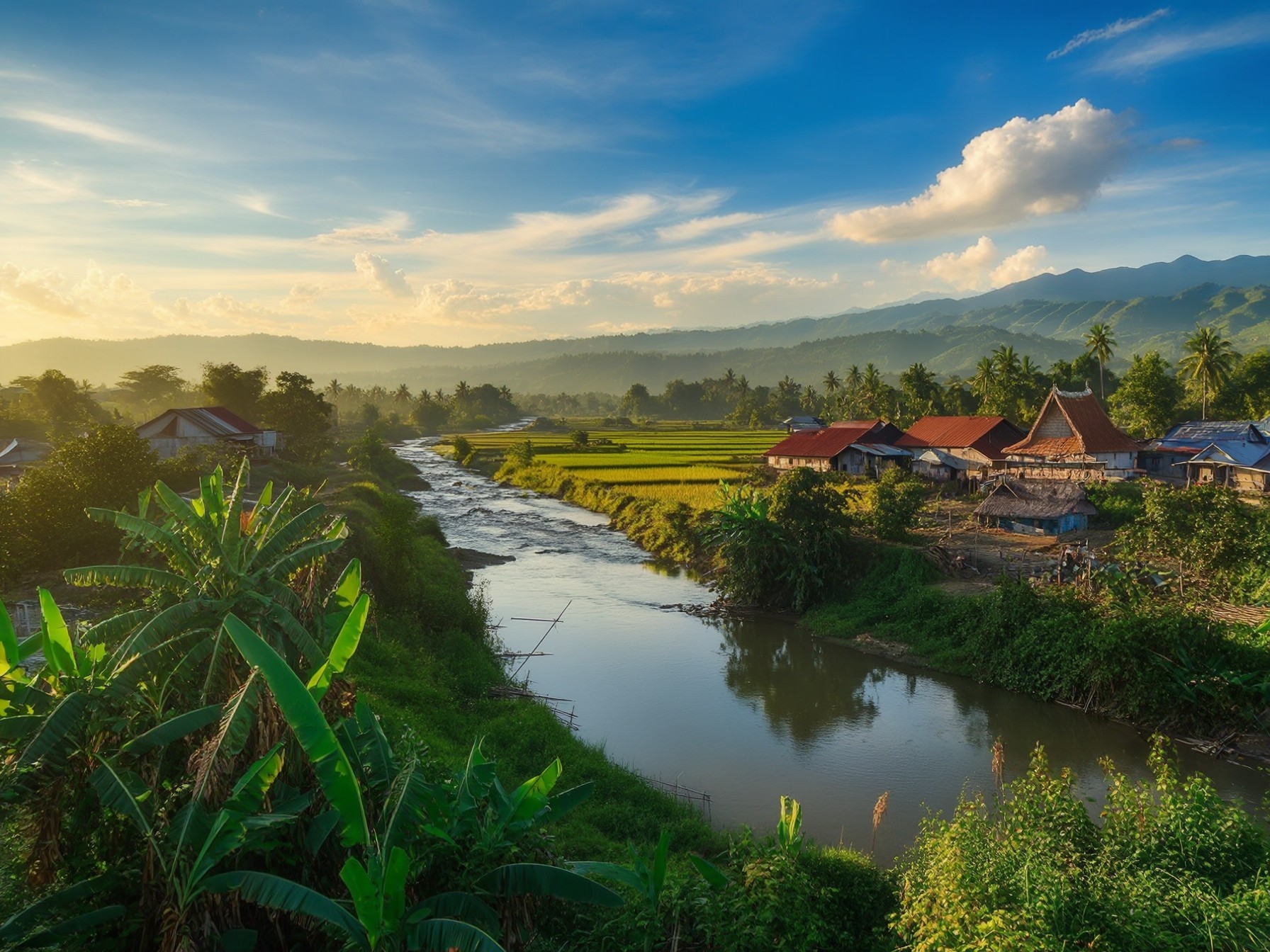Discovering Jili in Baao, Philippines: A Comprehensive Guide

Introduction
The Philippines is a land rich in cultural heritage and vibrant traditions. Among its many treasures is the lesser-known town of Baao, which holds a unique cultural gem: Jili. In this article, we delve into the significance of Jili in Baao, its cultural impact, and answer frequently asked questions to bring you an in-depth understanding of this captivating tradition.
What is Jili?
Jili is a traditional cultural practice deeply rooted in the community of Baao, located in the Camarines Sur province of the Philippines. This practice embodies the region’s rich historical tapestry and offers a unique lens through which the vibrant Filipino culture can be observed and appreciated.
The Cultural Significance of Jili
- Community Bonding: Jili serves as a means of strengthening community ties, bringing locals together to celebrate shared values and history.
- Artistic Expression: It is a showcase of local artistry, featuring traditional crafts, music, and dance.
- Educational Value: Jili events often serve as a vehicle for cultural education, passing knowledge from one generation to the next.
Jili in Baao: A Historical Perspective
The town of Baao has long prided itself on preserving its cultural heritage. The Jili has been practiced for centuries and remains a vibrant part of the town’s cultural identity. Historical records suggest that the Jili originated as a communal celebration centered around agricultural practices and was deeply intertwined with the town’s agrarian lifestyle.
Experiencing Jili in Baao Today
Visitors to Baao have the unique opportunity to witness Jili in action. The town organizes several events throughout the year to celebrate this tradition, featuring:
- Traditional Festivals: Events where locals and visitors alike participate in traditional dances and music performances.
- Handicraft Exhibits: Showcasing locally made crafts that tell stories of Baao’s history and cultural evolution.
- Culinary Delights: Traditional Filipino dishes that are integral to Jili celebrations, offering a taste of the region’s culinary heritage.
Learn more about Jili by visiting the official website.
How Jili Impacts the Local Economy
Jili isn’t just a cultural phenomenon; it also plays an important role in the local economy:
- Tourism Growth: With its unique cultural offerings, Jili attracts tourists, boosting local businesses.
- Craftsmanship and Trade: Jili sustains traditional craftsmanship, providing livelihoods for artisans.
- Culinary Tourism: Food festivals during Jili events boost local agriculture and food businesses.
Challenges and Future Directions
While Jili remains a vital cultural pillar, it faces challenges such as modernization and the risk of cultural erosion. Efforts from both the local government and community leaders are essential to preserve this tradition.
For further insights into Jili’s future, check this resource.
Frequently Asked Questions (FAQs)
-
What is the origin of Jili?
Jili originated in Baao as a celebration linked to agricultural practices. -
How often are Jili events held in Baao?
They are typically held during significant cultural festivals throughout the year. -
Can tourists participate in Jili?
Yes, tourists are encouraged to participate and experience the cultural offerings. -
What are some traditional crafts showcased during Jili?
Local crafts include weaving, pottery, and traditional garment making. -
Is there a fee to attend Jili events?
Most events are free, though some may require a nominal fee. -
How can I learn about upcoming Jili events?
Information is available on the Jili official website. -
What types of music are played during Jili?
Traditional Filipino folk music is a staple of Jili celebrations. -
Are there Jili events outside Baao?
While primarily in Baao, some neighboring towns also celebrate Jili. -
How does Jili benefit local artisans?
Jili events provide artisans with a platform to sell their crafts. -
What impact does modernization have on Jili?
Modernization poses a risk of cultural dilution, which the community is actively working to counter.
Conclusion
Jili in Baao is a testament to the rich cultural heritage of the Philippines. It serves as a vibrant symbol of community, artistry, and history. As both a cultural and economic catalyst, Jili holds the potential to drive tourism and sustain local traditions. By experiencing Jili firsthand or learning more about it, you become part of the effort to preserve and celebrate this remarkable cultural heritage.
For more detailed information about Jili, visit the official Jili website.

Mag-iwan ng Inquiry sa 49jilis -49jilis.com